Picture this 👇
A plastic container melts in the oven, and instead of a ruined dinner, it sparks the birth of a cookware brand.
That’s how The Indus Valley came to life.
Founders Madhumitha Uday Kumar and Jagadeesh Kumar, shaken by their kitchen mishap, realised that the market was flooded with chemically coated, toxic cookware, and they had a chance to turn this around.
Their solution? Bring back traditional Indian materials like cast iron, stainless steel, and clay, modernise them, and create cookware that’s as safe for your health as it is for your food.
Fast forward to today, The Indus Valley is the undisputed leader in the toxin-free cookware revolution.
❇️ Serving 10L+ customers
❇️ 60% of sales from their D2C website
❇️ Currently offering 250+ SKUs
❇️ INR 71.96 Cr in FY24 revenue, a 78% YoY jump.
❇️ Plans to scale INR 125 Cr in FY25, all leading up to their INR 300 Cr ambition
The Playbook: Serving Nostalgia In Every Ladle 🛠️
Think back to your grandmother’s kitchen. The heavy cast iron pans, the earthen pots bubbling away on the stove.
The Indus Valley taps into this collective nostalgia, evoking memories of simpler, healthier times with every product they sell.
Toxin-Free Cookware: The Heart Of The Brand
The Indus Valley’s products are crafted from natural, non-toxic materials like:
🔥 Cast Iron: Durable, heat-retaining, and even adds trace iron to food
🔥 Stainless Steel: Tri-ply options for durability and versatility
🔥 Clay and Wood: Eco-friendly and rooted in tradition
Their cookware is free from harmful coatings, making it a favorite among health-conscious consumers.
India-Specific Products For A Local Touch
In addition to standard pots and pans, The Indus Valley offers uniquely Indian cookware like Appam makers, Paniyaram pans, and Idli steamers.
From Hindi to Tamil to Telugu, they speak the language of their customers, literally. By running regional campaigns, they’ve made their brand feel local no matter where you are in the country.
This hyper-local approach has helped them stand out in a crowded market.
Creating Influence With Influencers
To amplify their message, The Indus Valley has partnered with fitness icons like Shriya Saran and Mandira Bedi, along with mom influencers and health professionals.
The result? A relatable, aspirational brand that resonates with audiences across India.
The Omnichannel Play Helped The Indus Valley Tap Into Bharat
The Indus Valley knows that to win hearts, you have to be everywhere your customers are. And they’ve nailed the omnichannel approach with finesse.
💠 60% of sales come from their D2C website, where they offer a seamless shopping experience.
💠 38% of revenue is driven by marketplaces like Amazon and Flipkart, where the brand dominates the “toxin-free cookware” category.
The brand has an offline presence in Chennai.
They’ve recently expanded to quick commerce for urban buyers. And if you’re the kind of shopper who likes to see and feel before you buy?
Why The Indus Valley Is A D2C Playbook In The Making
By blending ancient culinary wisdom with modern business acumen, The Indus Valley has created a brand that doesn’t just sell cookware—it sells a way of life. For other D2C brands, their journey is a case study in how to leverage nostalgia, innovation, and sustainability to build a scalable, profitable enterprise.
They’re successfully orchestrating a wave of nostalgia.
With an ambitious roadmap ahead, this D2C trailblazer is proving that tradition and innovation aren’t just coexisting—they’re thriving together. Here’s what’s cooking in their kitchen of big ideas:
A Feast Of New Products
From 250 SKUs to 1,000, The Indus Valley is setting the table for a wider audience. Their product expansion will include stainless steel marvels, eco-friendly clay cookware, and innovative food accessories. Whether it’s for a minimalist urban kitchen or a traditional Indian home, they’re creating cookware that serves both style and substance.
Taking Indian Kitchens Global With A Commitment To Sustainability
As the global cookware market is projected to hit INR 3.36,000 Cr by 2032, The Indus Valley is eyeing international shores to bring India’s culinary traditions to a wider audience.
Today’s consumers are hungry for green choices, and The Indus Valley is serving it up with a focus on eco-friendly packaging and responsibly sourced materials. From reducing their carbon footprint to advocating for sustainable living, the brand is aligning its goals with a planet-first mindset.
Now, what’s cooking in your kitchen?
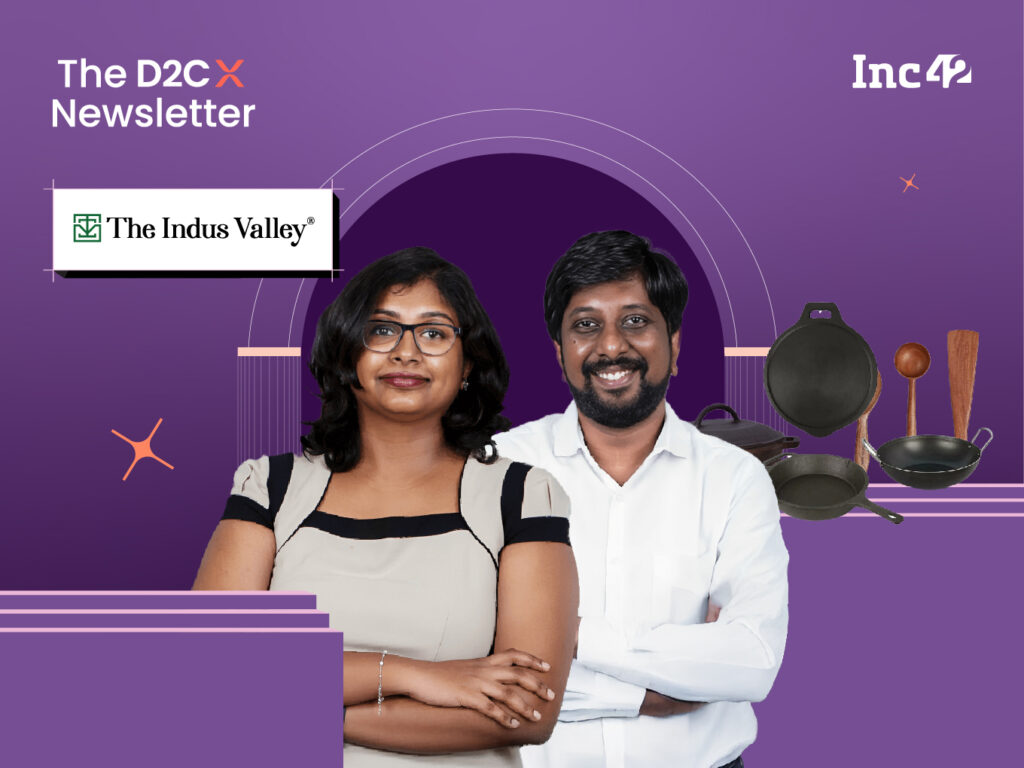
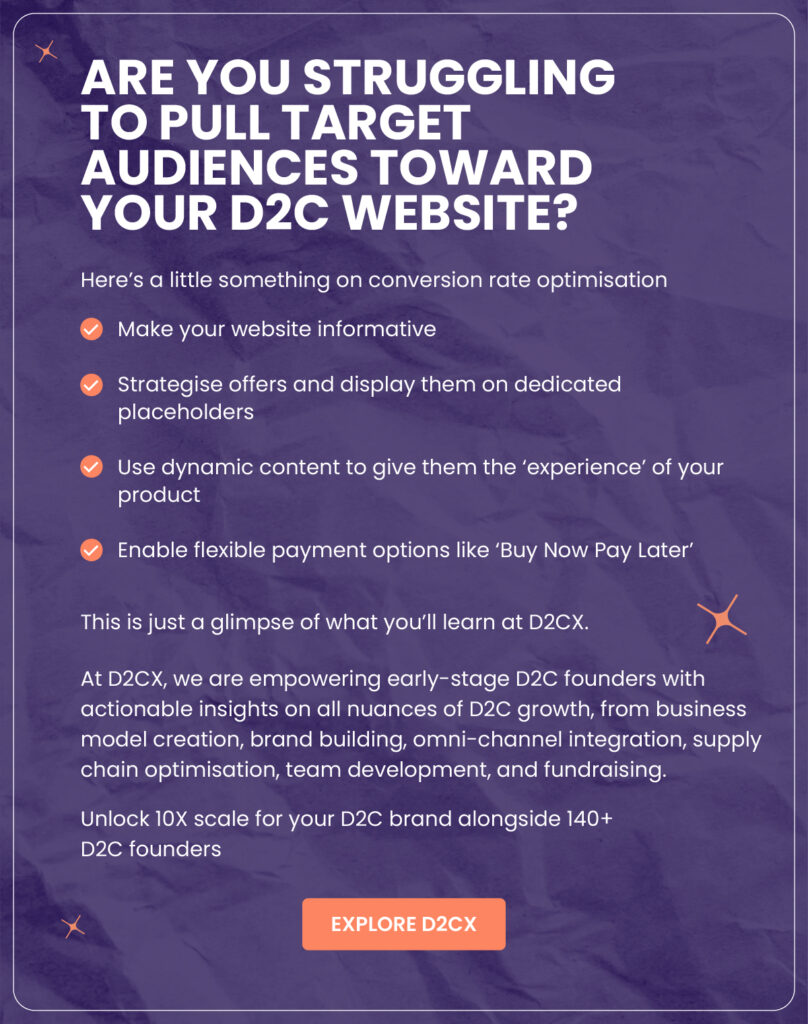
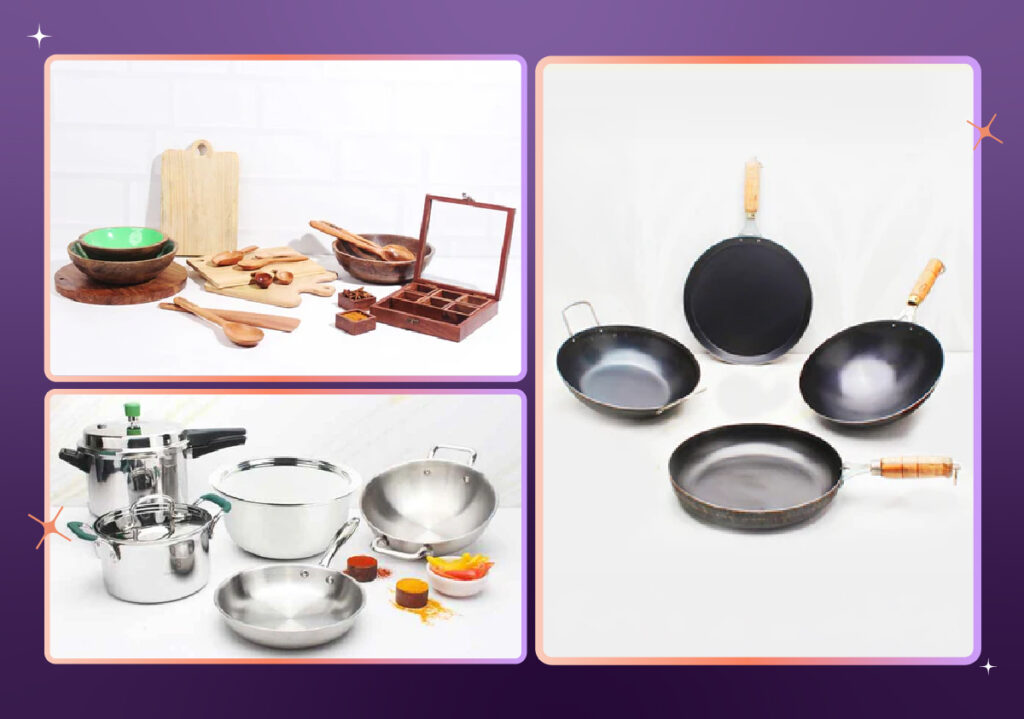
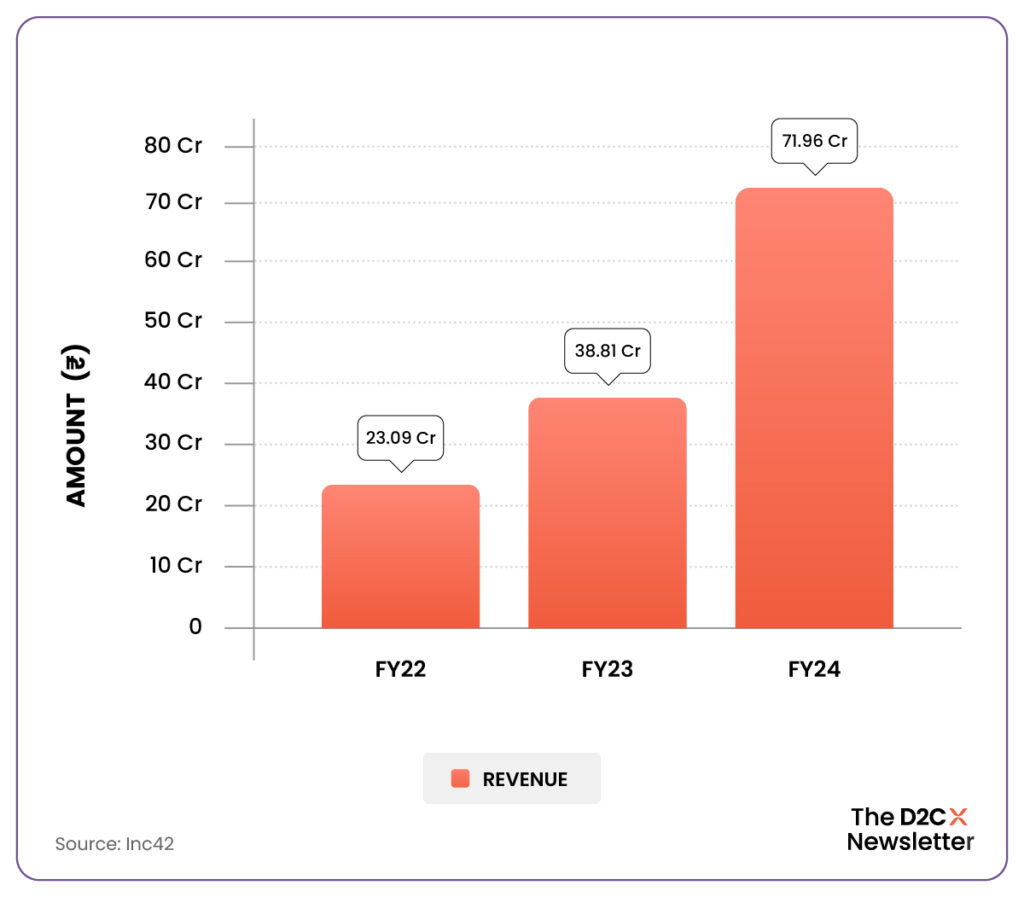
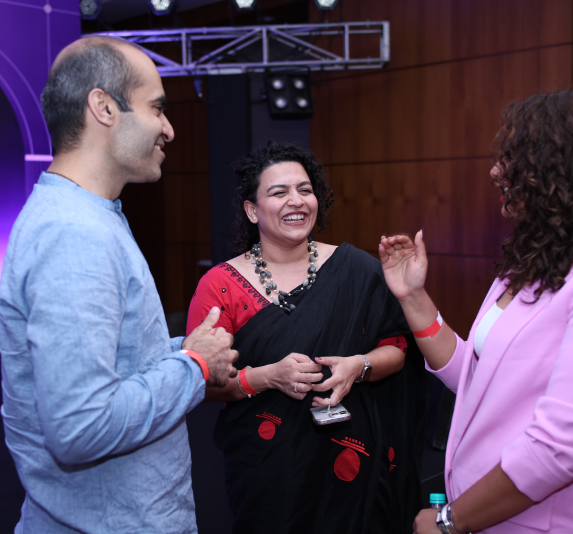
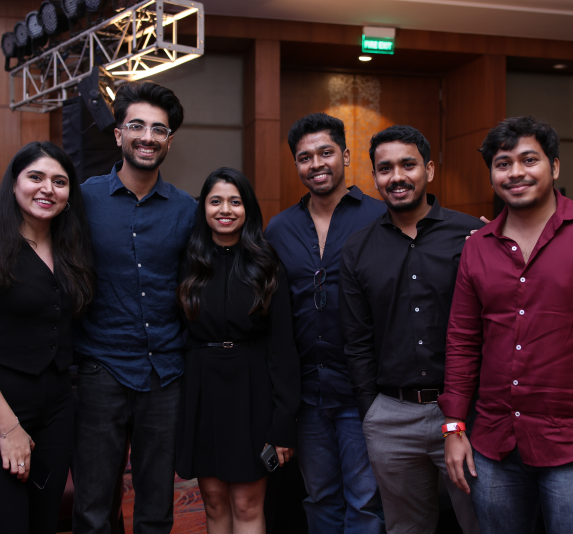



.svg)
.svg)





